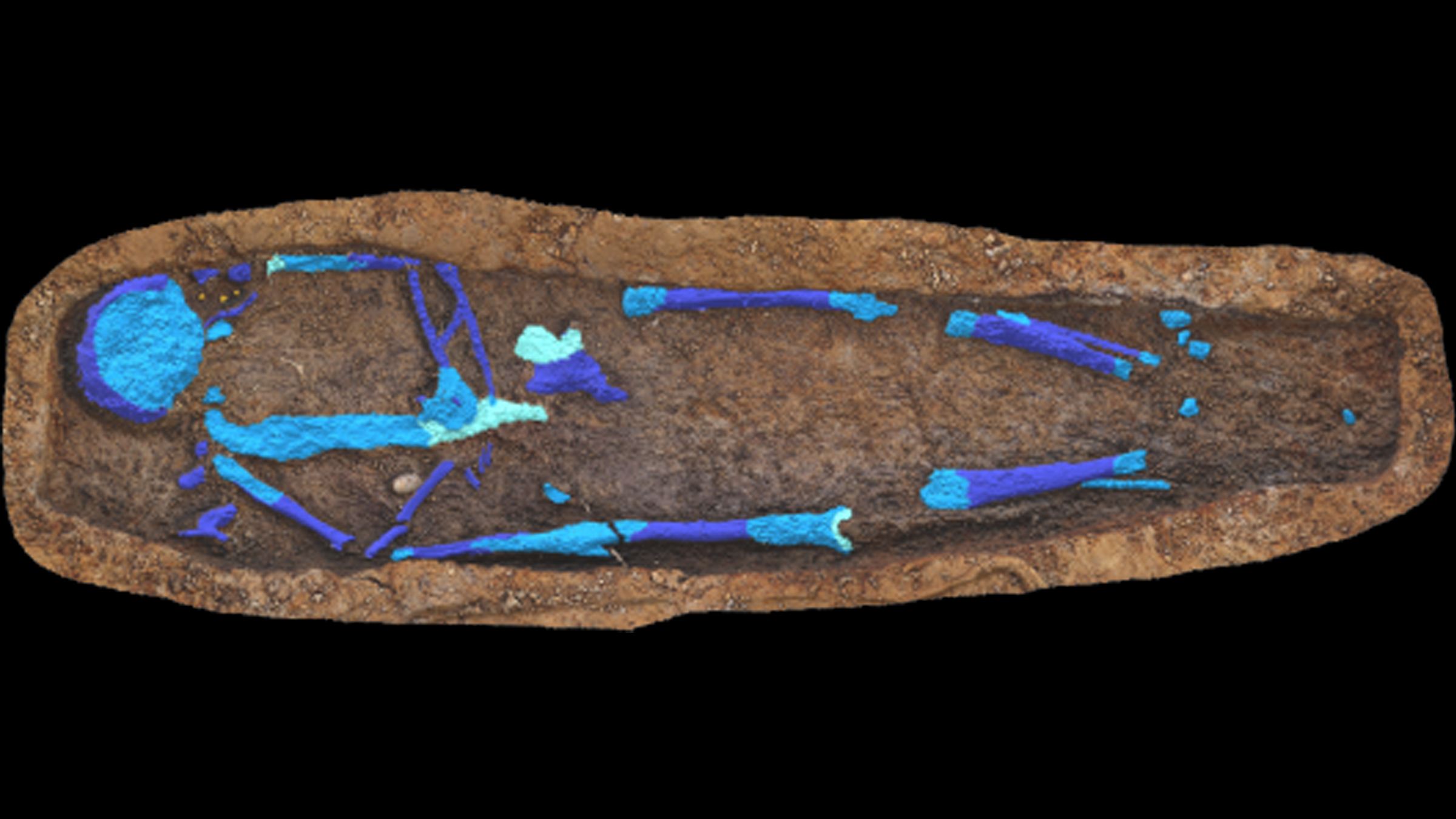IJMS, Vol. 24, Pages 7921: Characterization of A-to-I Editing in Pigs under a Long-Term High-Energy Diet
International Journal of Molecular Sciences doi: 10.3390/ijms24097921
Authors: Liu Yang Lei Huang Yulian Mu Kui Li
Long-term high-energy intake has detrimental effects on pig health and elevates the risk of metabolic disease. RNA editing modifying RNA bases in a post-transcriptional process has been extensively studied for model animals. However, less evidence is available that RNA editing plays a role in the development of metabolic disorders. Here, we profiled the A-to-I editing in three tissues and six gut segments and characterized the functional aspect of editing sites in model pigs for metabolic disorders. We detected 64,367 non-redundant A-to-I editing sites across the pig genome, and 20.1% correlated with their located genes’ expression. The largest number of A-to-I sites was found in the abdominal aorta with the highest editing levels. The significant difference in editing levels between high-energy induced and control pigs was detected in the abdominal aorta, testis, duodenum, ileum, colon, and cecum. We next focused on 6041 functional A-to-I sites that detected differences or specificity between treatments. We found functional A-to-I sites specifically involved in a tissue-specific manner. Two of them, located in gene SLA-DQB1 and near gene B4GALT5 were found to be shared by three tissues and six gut segments. Although we did not find them enriched in each of the gene features, in correlation analysis, we noticed that functional A-to-I sites were significantly enriched in gene 3′-UTRs. This result indicates, in general, A-to-I editing has the largest potential in the regulation of gene expression through changing the 3′-UTRs’ sequence, which is functionally involved in pigs under a long-term high-energy diet. Our work provides valuable knowledge of A-to-I editing sites functionally involved in the development of the metabolic disorder.

 11 months ago
25
11 months ago
25


